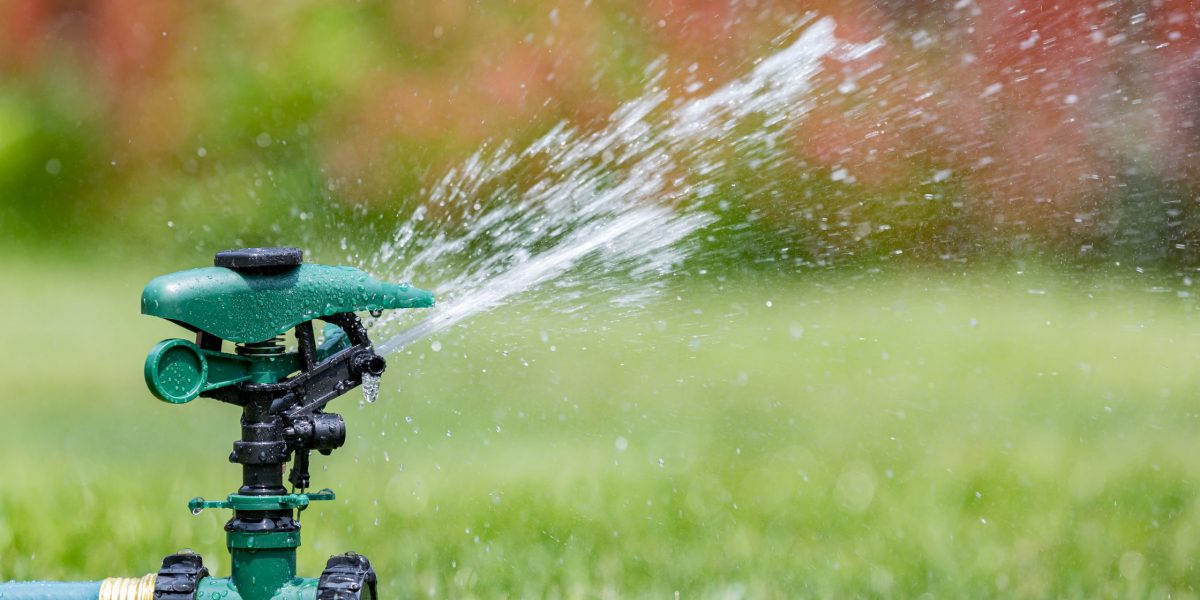San Antonio’s Stage 4 water restrictions are a critical measure to conserve water during severe drought conditions, but they can pose significant challenges for homeowners. Understanding the specific rules and knowing how to adapt can help you maintain your property while doing your part to conserve water. Let’s explore how these restrictions impact homeowners and what steps you can take to comply with the regulations while keeping your landscape healthy.
Understanding Stage 4 Water Restrictions
Stage 4 water restrictions are implemented when water levels in San Antonio’s primary water source, the Edwards Aquifer, drop below a critical threshold. These restrictions are designed to significantly reduce water usage to preserve the remaining supply for essential needs. Here’s a breakdown of what Stage 4 restrictions typically involve:
- Outdoor Watering Limitations: Using an irrigation system, sprinkler, or hose to water your lawn or garden is generally prohibited. However, hand-held watering is allowed once a week on a designated day based on your street address, before 10 a.m. or after 8 p.m.
- No New Landscape Installation: Planting new grass, flowers, or shrubs that require regular watering is not permitted. This rule helps to prevent the establishment of water-intensive landscapes during drought.
- Restricted Use of Water Features: Filling or refilling swimming pools, fountains, and decorative water features is restricted to essential needs only.
- Vehicle Washing: Washing vehicles at home is not allowed unless done with a bucket or a hose with a shut-off nozzle.
These restrictions can make it challenging to maintain a lush, green lawn or a vibrant garden. However, with the right strategies, you can still keep your landscape looking its best.
Challenges Homeowners Face During Stage 4 Restrictions
- Maintaining a Green Lawn: Lawns are typically one of the biggest water users in residential properties. With limited watering days and methods, keeping a lawn green and healthy becomes difficult.
- Caring for Flower Beds and Gardens: Many flowers, vegetables, and ornamental plants require regular watering to thrive. Restrictions on irrigation can lead to wilting, reduced growth, or plant loss.
- Managing Trees and Shrubs: Trees and shrubs, especially young ones, need consistent watering to establish strong roots. Reduced watering can stress these plants, making them vulnerable to pests and disease.
- Keeping Water Features Functional: Homeowners who enjoy the aesthetic and cooling effects of fountains, ponds, or pools may find it hard to maintain these features under water restrictions.
How Homeowners Can Comply and Maintain Their Property
While Stage 4 restrictions are challenging, homeowners can take several steps to comply with the rules and still maintain a beautiful landscape:
- Prioritize Watering: Focus on watering the most valuable plants first, such as trees, shrubs, and perennials. These plants are harder to replace and provide long-term benefits to your landscape. Lawns can go dormant and usually recover when the drought ends, so they can be watered less frequently.
- Utilize Efficient Watering Techniques: Use hand-held watering, drip irrigation, or soaker hoses, which are allowed under Stage 4 restrictions. These methods deliver water directly to the root zone, minimizing waste and ensuring plants get the moisture they need.
- Use Mulch: Applying a layer of mulch around plants helps retain soil moisture, reduce evaporation, and keep the soil cooler. Mulch also suppresses weeds that compete for water. Organic mulches like bark or compost are great choices as they improve soil health over time.
- Adjust Mowing Practices: Raise the mowing height of your lawn mower to leave grass longer. Taller grass shades the soil, reduces evaporation, and helps maintain moisture. Also, avoid mowing during the hottest part of the day to reduce stress on the grass.
- Incorporate Drought-Resistant Plants: Consider replacing some water-intensive plants with drought-resistant varieties. Native plants, succulents, and other drought-tolerant species require less water and can thrive in San Antonio’s climate.
- Collect Rainwater: Even during droughts, occasional rain showers can provide a valuable water source. Set up rain barrels to collect and store rainwater for use in your garden. This practice can supplement your watering needs without relying on municipal water supplies.
- Plan Smart Landscaping Changes: If you are planning a landscaping project, consider xeriscaping, which uses drought-tolerant plants and efficient irrigation techniques. This approach not only conserves water but also creates a beautiful, low-maintenance landscape.
Conclusion
Stage 4 water restrictions present real challenges for homeowners in San Antonio, but they are essential to preserving our water supply during extreme drought. By understanding the rules, prioritizing your watering efforts, and adopting water-wise practices, you can help conserve water while maintaining a healthy and attractive landscape.
At Lawn DR Landscaping, we are dedicated to helping our community navigate these tough times with expert advice and solutions tailored to drought conditions. Whether you need help selecting drought-resistant plants, setting up efficient irrigation systems, or planning a xeriscape, we are here to support you. Contact us today to learn how we can help you create a sustainable landscape that thrives, even in the face of water restrictions.

